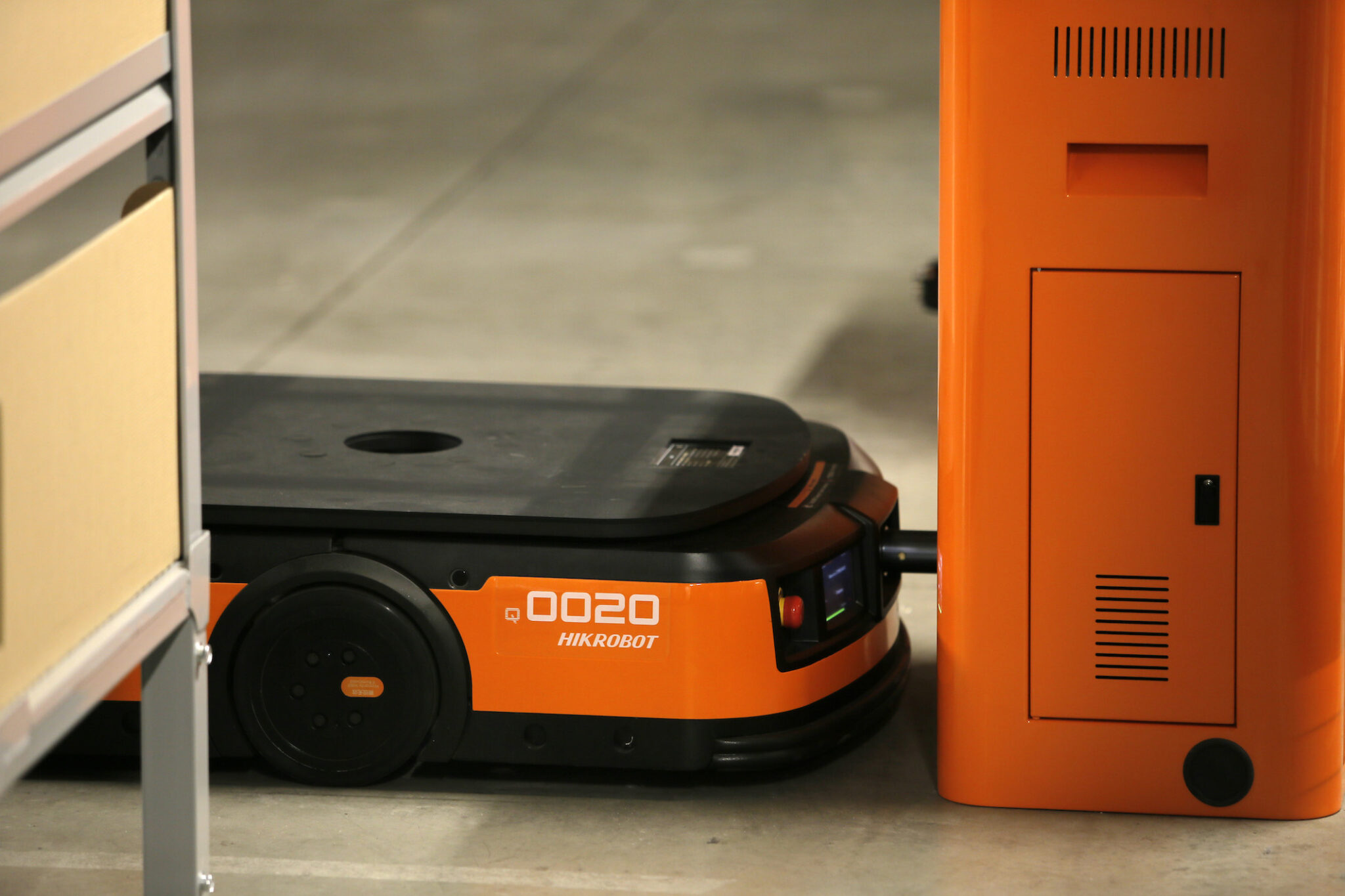More and more warehouses are turning to electric material handling equipment to boost productivity, safety and sustainability. Advances in technology have brought cost-effective and practical alternatives that provide the power, stability and operating effectiveness of their diesel counterparts.
Electric forklifts are a prime example of how eco-friendly equipment can improve operational efficiency and bolster sustainability credentials, prompting greater customer retention.
Among those making the change is shipping & logistics service provider GAC UK, part of the global GAC Group of companies, Since receiving the final electric forklift at their Aberdeen warehouse in May, all GAC UK warehouses and logistics centres across the country now run exclusively on electric-only equipment.
“We set ourselves an ambitious target to fully embrace electrification across our warehouses,” says Laura Grizzell, the company’s GAC UK’s QHSSE Manager. “We had to be prepared for high upfront costs, operational adjustments, retraining, possible process changes and ensuring we could access renewable energy sources reliably. The benefits, however, outweigh such concerns. Replacing our diesel and gas-powered equipment with electrical equivalents is the cornerstone of modern sustainable warehousing. Beyond reduced emissions and improved air quality at our facilities, these modern forklifts require less maintenance and have lower operational costs. Increased reliability and reduced downtime further bring down costs that we can then pass on to customers.”
Growing demand
New focus on greener warehousing practices has prompted a major uplift in demand for electrical warehousing equipment. According to a Yahoo Finance report on the global market trends for electrical forklifts, by 2030 the market is set to reach £48.66 billion, up from £31.64 billion in 2023. This trend is being led by the drive to electrify and the rewards it offers companies like GAC UK as they drive to create long-term value with sustainability in their operations.
“Electrification offers many benefits – both for the environment and the bottom line. Lower operating costs, more predictable budgets, increased fleet management efficiencies, and adherence to emissions standards make a strong business case for industrial electrification,” says Grizzell. “We are seeing that, both in our UK warehouses and at GAC’s facilities globally. From our colleagues in Denmark transforming their vehicle fleet to electric power to our team in Qatar using solar panels to power their facility, green warehousing practices are now the norm and should be fully embraced.”
GAC UK’s rollout of a 100% electric forklift scheme at GAC UK follows similar schemes seen in the Asia Pacific and Middle East. GAC Dubai now operates more than 120 pieces of electrical equipment, from forklifts to order pickers and side loaders, while GAC Thailand and GAC Singapore are also in the midst of similar electric forklift programmes.
Such initiatives reflect the GAC Group’s commitment to “adapt, innovate and reduce” in its activities as part of its Roadmap to Sustainability to create non-destructive, long-term value. Embracing electrification where possible and adopting electric-powered equipment, particularly when powered by locally-sourced renewable energy, will have a long-term impact on creating a sustainable logistics sector.
similar news




